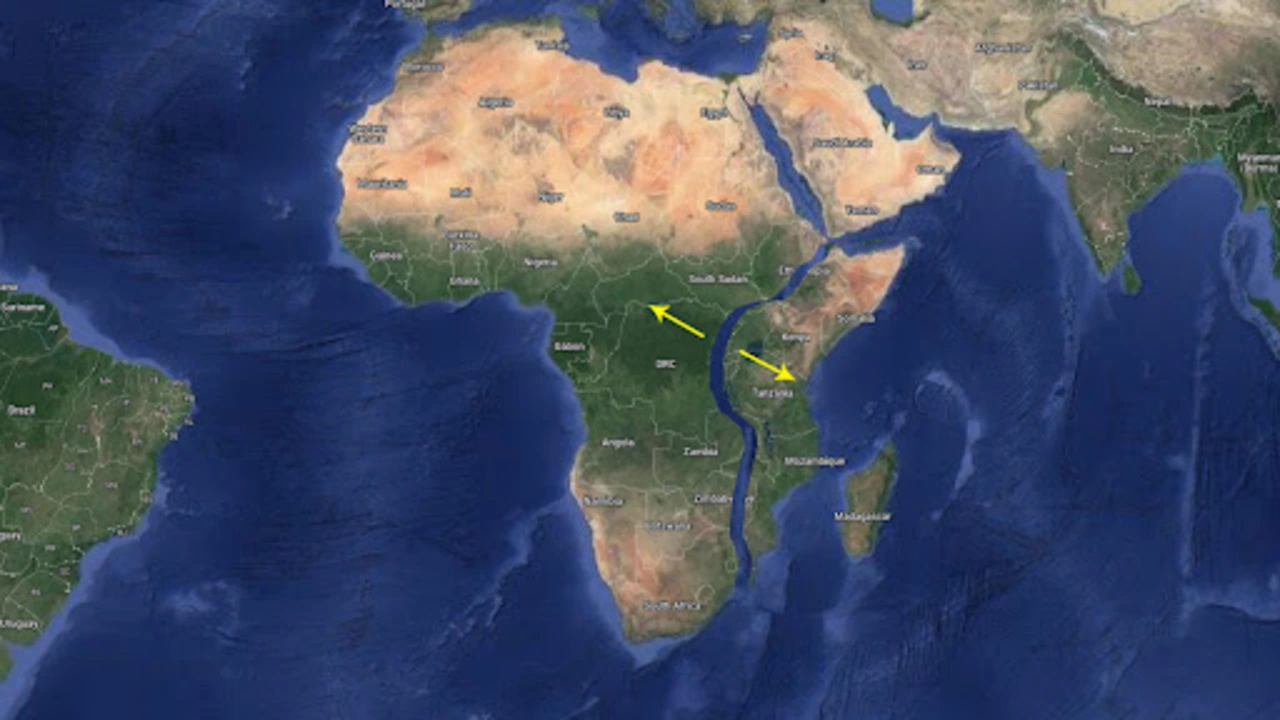Floods in Kenya killed 13 people and displaced 15000 people
At least 13 people have died and 15000 displaced as a result of catastrophic floods in Kenya due to heavy rains. According to the Kenya Red Cross Society, the U.N. Office for the Coordination of Humanitarian Affairs said around 20,000 people have been impacted due to flooding.
In addition, an estimated 15,000 people have become placed and left homeless in various parts of Kenya. Thousands of people have died in Kenya due to floods in past rainy seasons, mainly in areas around lakes and downstream of large rivers.
Kenya Red Cross Society informed the media that intense floodwaters have blocked five main roads. One of those roads is Garissa Road in northern Kenya, where a bus carrying 51 passengers washed away from Kenya flooding. However, every passenger remained safe. Flooding has also broken dams upstream.
The Disaster Management Agency of Kenya issued a flood warning to citizens of Lamu, Tana River, and Garissa counties. They are located downstream of the Tana River. They advised residents to relocate to higher grounds.
Nine of the 47 counties of Kenya have witnessed flooding so far. There have been reports of mudslides in the central areas. Four people died in Narok County in the western region of Kenya. The other nine people passed away in several different parts of Kenya.
Ahmed Idris is the secretary general of the Kenya Red Cross Society. He informed the media they are providing safe drinking water and shelter in living camps to prevent the spread of waterborne infections.
The Meteorology Bureau of Kenya predicts that the rainy season will peak around the end of April and slow down gradually around June.
Thiba River outbroke due to heavy rains displaced around 700 people in the Mwea district of Kirinyaga County, Kenya. Mwea is an agricultural-based region, that has been destroyed and caused great famine risk.
Read More:
- Kenyans demand govt to free Shad Khalif & Boniface Mwangi after arrest
- Hamas leader died in Israeli custody, allegedly tortured & starved to death
- Indian man committed crime to prove himself alive after declared dead
- Israeli PM faced boycott from nearly half of Democrats during his address
- Delhi court summoned Dhruv Rathee in defamation case by BJP
- Ethiopia landslides in Gofa killed 229 people
Share this content:









Post Comment